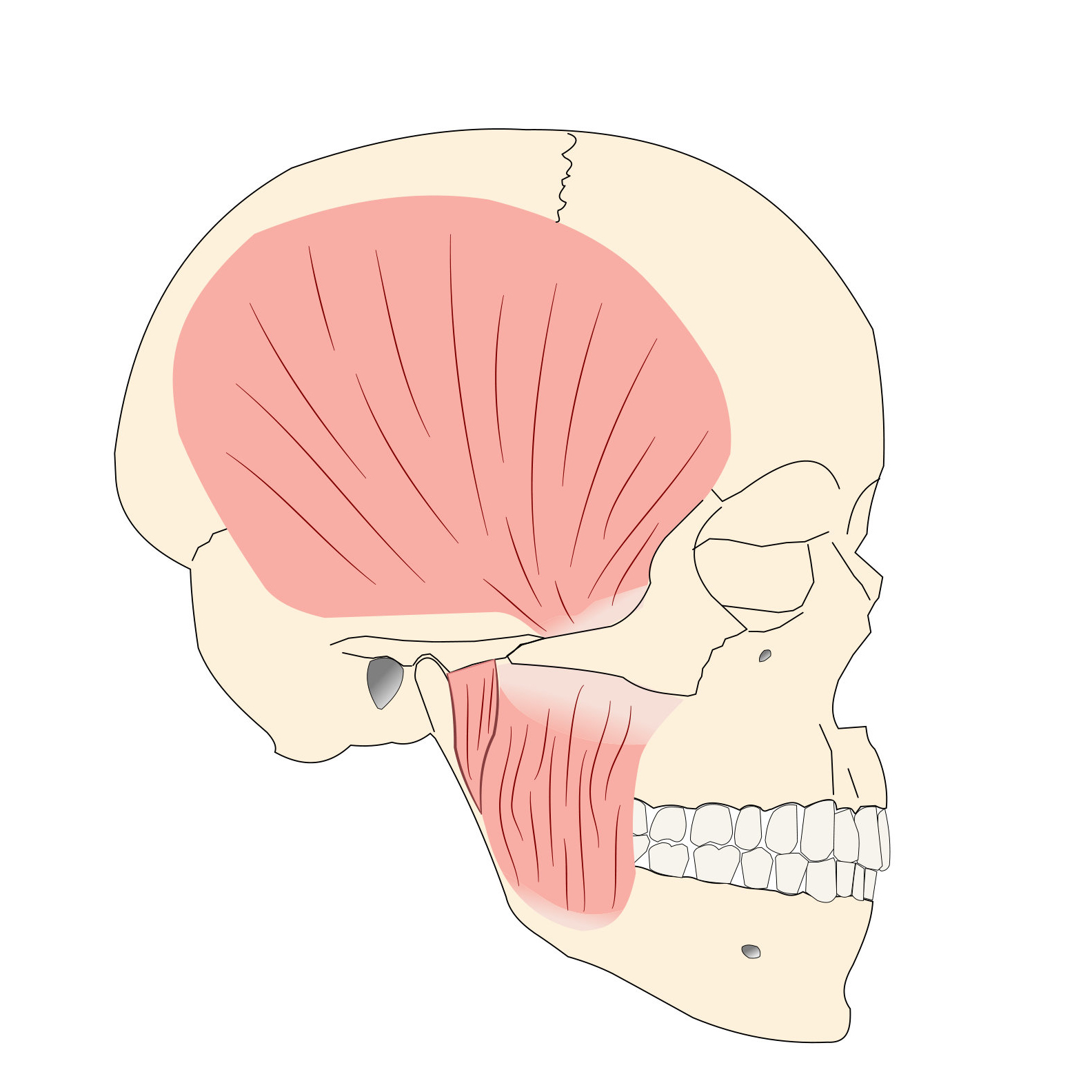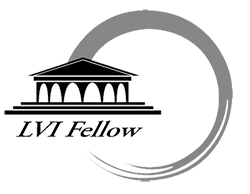TMJD
Temporomandibular Joint Disorder
Temporomandibular Joint Disorder is a huge name for a condition that affects the two tiny joints of the jaw.
AnneMarie's Story
The effects of TMJD often go beyond the jaw into the ear, head, shoulders and even the back of sufferers. AnneMarie talk about her expierence with her symptoms and treatment from Dr. George.
What is TMJ?
Anatomical Feature
Temporomandibular joints (commonly abbreviated as TMJ) are the ball and socket joints that connect the upper and lower jaws to the temporal bones of the skull. Everyone has them and they can be found, on each side of the head, just in front of the ear. These joints are critical for our ability to move the jaw up and down, side to side, and back and forth. The temporomandibular joint motions are necessary for normal functions like chewing, making facial expressions, yawning, breathing, and even speaking. In each TMJ, there is a small circle of cartilage that serves a cushion for your jaw as it moves, preventing your jawbone from rubbing against your skull. You can locate your TMJ joints by placing a finger in front of each ear and opening and closing your jaw. If your TMJs are in good condition, your jaw muscles will move your jaw smoothly up and down, back and forth, and side to side.


What is TMJD?
Medical Condition
Temporomandibular joint disorder (commonly abbreviated at TMJD) is a painful and uncomfortable condition caused when one or both TMJ joints become inflamed due to misalignment or injury. This occurs when the jaw is out of its natural place or teeth are crooked or crowded. The most common cause of the TMJD is bite malocclusion more commonly known as a bad bite. When this occurs, the muscles of the jaw are strained because they are forced to hold the jaw in an unnatural position. Symptoms of the disorder are similar to other health conditions and are often misdiagnosed. Symptoms can vary and are often associated with pain or a clicking jaw. Long-term, TMJD can cause arthritis and chronic pain for patients if not treated. The exact number of people affected by TMJD is unknown, however, the National Institute of Dental and Craniofacial Research estimates that about 10 million Americans suffer from the condition.
Advanced TMJD Education
 Dr. George attended the world-renowned Las Vegas Institute for Advanced Dental Studies (LVI) completing more than 400 education hours, becoming one of the few dentists in the world to earn the LVI Fellow distinction. She specializes in treating TMJD using a neuromuscular approach and advanced technology find and treat the source of your pain.
Dr. George attended the world-renowned Las Vegas Institute for Advanced Dental Studies (LVI) completing more than 400 education hours, becoming one of the few dentists in the world to earn the LVI Fellow distinction. She specializes in treating TMJD using a neuromuscular approach and advanced technology find and treat the source of your pain."I enjoy explaining our approach and the difference it will make long-term to my patients."



Contact Info
181 Wexford-Bayne Rd. (Route 910) Suite 200
Wexford, PA 15090
Wexford, PA 15090
Phone: 724.220.2347
Fax: 724.934.3426
Fax: 724.934.3426


